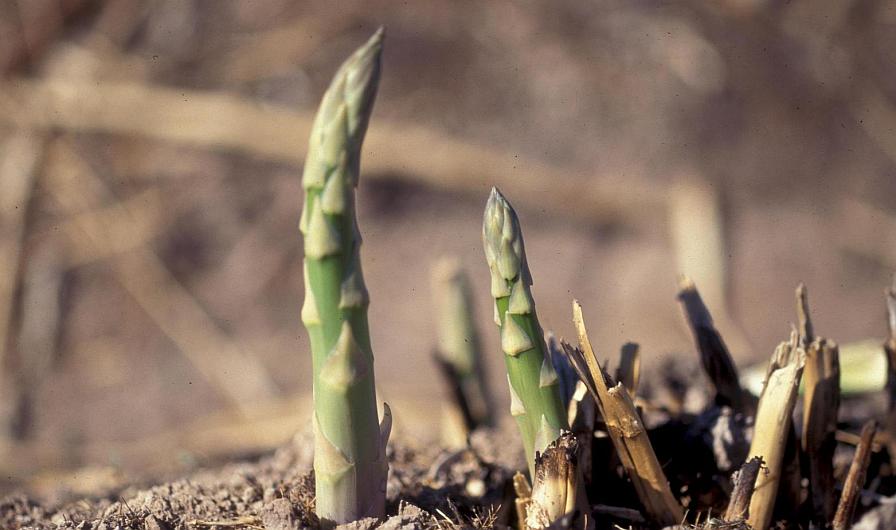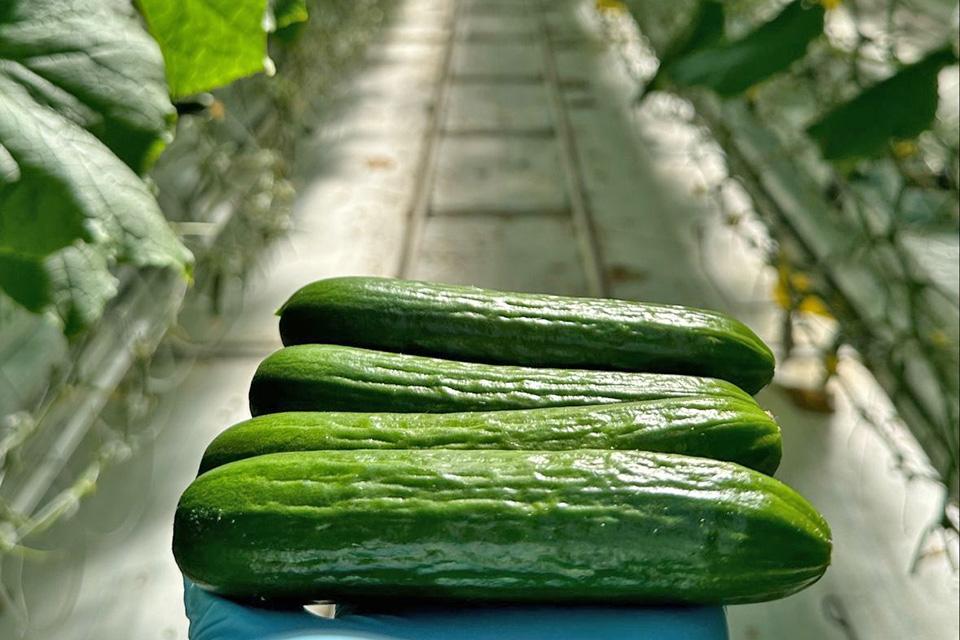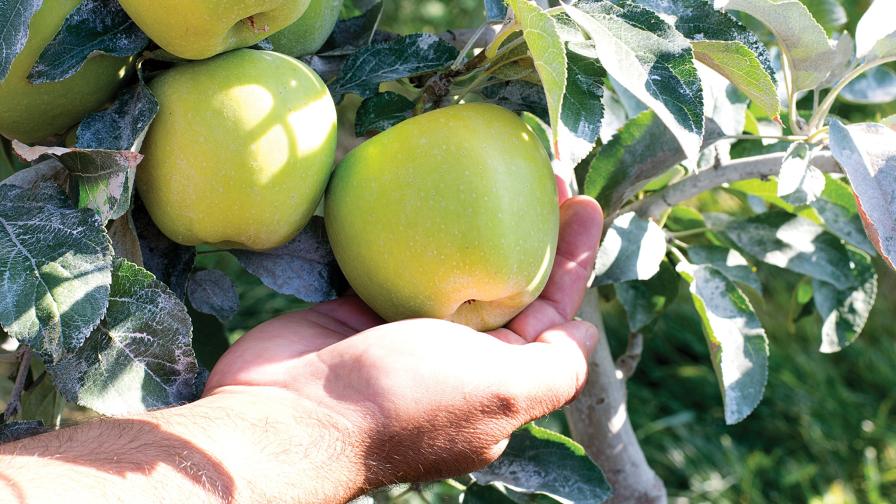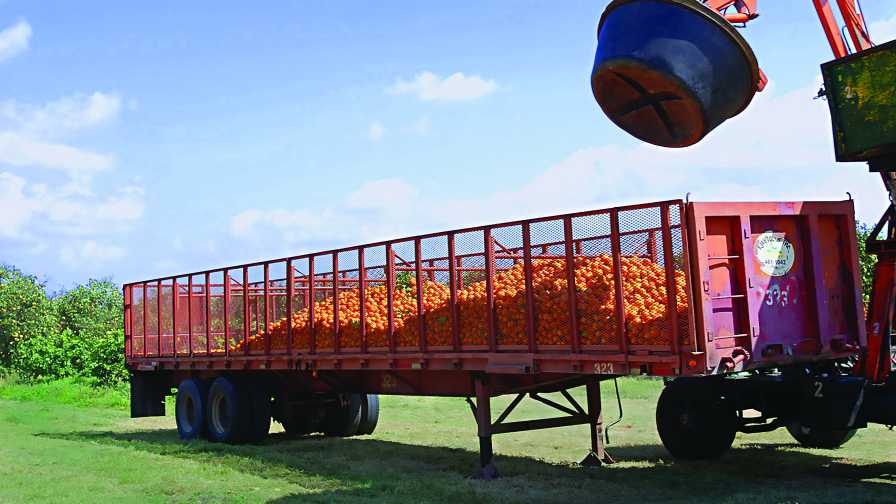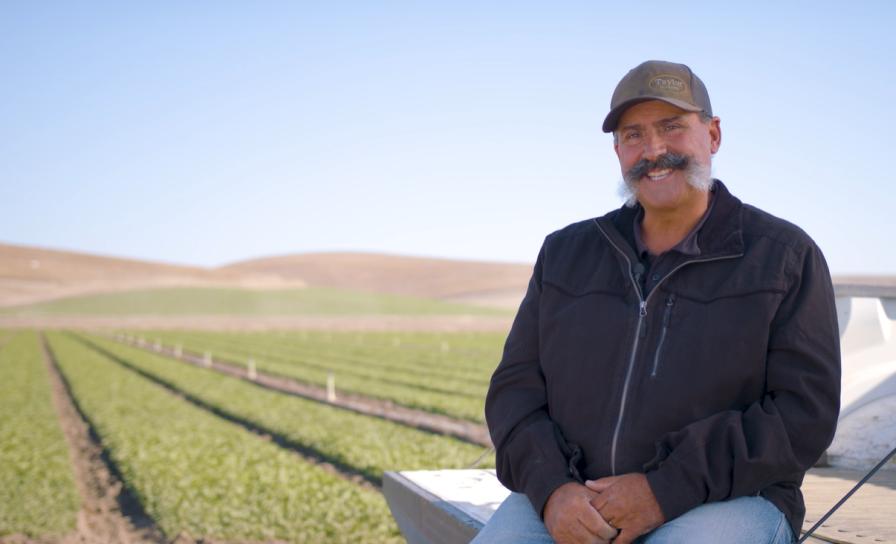Nuts: Not All Potassium Sources Are The Same
In 2008, a sharp increase in the price of potassium sulfate (potash) had a significant impact on the amount of material used in almonds. Growers watched the price of potash more than triple over a two- to three-year period, settling at almost $1,200 per ton. As a result, many growers opted to “skip” that year’s application. In some cases this “skip” turned into two or three years, as the price still hovered in the $900 to $1,000 per ton range. Unfortunately the consequences of not supplying a steady dose of potassium have both long- and short-term ramifications. In the short term, growth may be reduced and nut sizes may be smaller. In the long term, a reduction in the renewal of fruiting spurs will lower cropping potential and require two to three years to regenerate, assuming potassium levels are restored.
Sometimes a false sense of security is achieved by believing potassium needs have been met because a “couple of potassium nitrate sprays” were applied or “10 gallons of KTS” (potassium thiosulfate) were injected in the irrigation, or the “I use NPK blends as part of my nitrogen source” argument. Though it is possible to apply all of the tree’s potassium needs using those sources, the cost of doing so would exceed the cost of applying potash when looked at from a “pounds of K20 per acre” perspective.
Not Cost Effective
A mature almond orchard has 55 pounds of K20 removed per acre for every 1,000 pounds of meat harvested. This goes out as meat, hull, and shell, thus it is not returned to the soil. A good orchard yielding 3,000 pounds of meat per acre would be losing 165 pounds of K20 per acre. That equates to 330 pounds per acre of a 50% material like potassium sulfate. To supply that amount of K20 with a 20 pound per acre potassium nitrate foliar spray would require more than 18 sprays per year. It would take five to six injections of 10 gallons per acre of KTS in the irrigation water or 1,100 pounds per acre of 15-15-15 dry fertilizer to achieve that same amount of K2O per acre. If you compare the costs of each of these materials, you will find it prohibitive to supply all of the trees’ potassium needs that way.
So when you go back to the grower that is “addressing” their potassium needs with those couple of foliars, the shot of KTS or the supplement of 15-15-15, you can clearly see that just because potassium is being applied, the trees’ needs are far from being met.
Keep in mind that the previously mentioned potassium sources are not to be condemned as a source of K20. As supplements or amendments to a balanced nutrition program, they have many noble properties. Potassium nitrate sprays supply additional nitrogen and can help to suppress mites.
Injections of KTS can supply nutritional sulfur and is an excellent soil amendment for alkaline soils. Dry blends like 15-15-15 offer phosphorous and nitrogen as well as potassium.
The take-home message is that sources of potassium other than potash can and do offer many horticultural benefits to the orchard. The point of this article is quantity and the economics of achieving such. When potassium is applied to the orchard, it needs to be commensurate with the amount of the nutrient leaving the field, all while factoring in costs.





